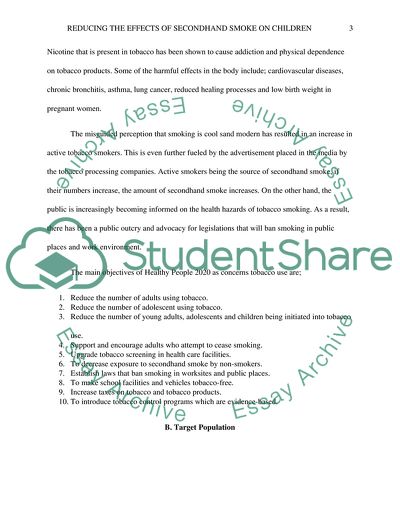Cite this document
(“Lessening Secondhand Smoke on Children Research Paper - 4”, n.d.)
Lessening Secondhand Smoke on Children Research Paper - 4. Retrieved from https://studentshare.org/nursing/1674550-lessening-secondhand-smoke-on-children
Lessening Secondhand Smoke on Children Research Paper - 4. Retrieved from https://studentshare.org/nursing/1674550-lessening-secondhand-smoke-on-children
(Lessening Secondhand Smoke on Children Research Paper - 4)
Lessening Secondhand Smoke on Children Research Paper - 4. https://studentshare.org/nursing/1674550-lessening-secondhand-smoke-on-children.
Lessening Secondhand Smoke on Children Research Paper - 4. https://studentshare.org/nursing/1674550-lessening-secondhand-smoke-on-children.
“Lessening Secondhand Smoke on Children Research Paper - 4”, n.d. https://studentshare.org/nursing/1674550-lessening-secondhand-smoke-on-children.


